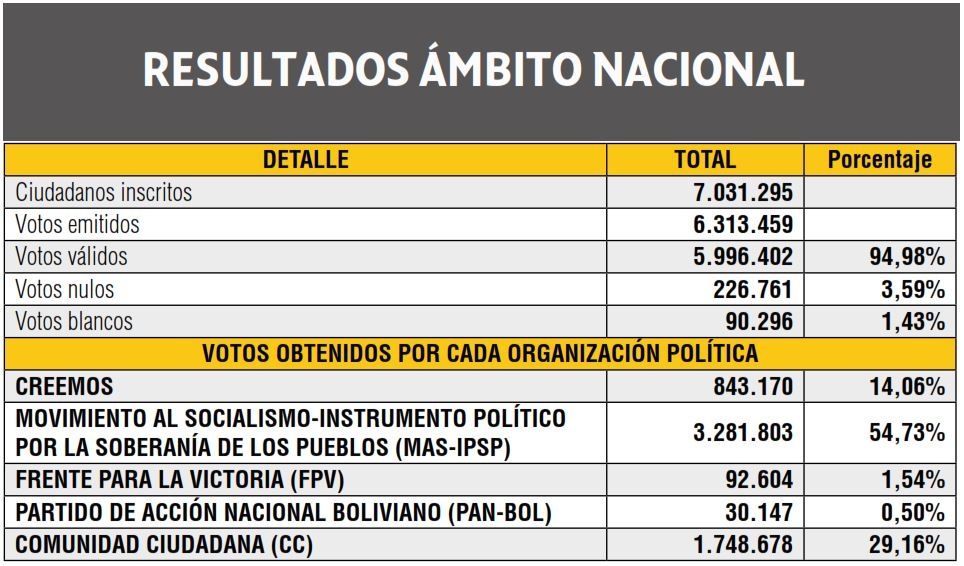

Publicado el 24 de enero de 2019 - Actualizado el 24 de enero de 2019. The 1950 constitution of El Salvador established a Central Electoral Council ( Spanish: Consejo Central de Elecciones, CCE) as the "highest authority of electoral matters". Centros de votación para la elección 2019. It was formed of three members and three deputies, all chosen by the Legislative Assembly for a period of three years from lists proposed by the Supreme Court and the executive branch. Sern entonces ms de dos millones de electores los beneficiados con esta modalidad que viene implementndose desde el ao 2006. The 1962 constitution maintained the same structure. Para el ao 2012, el Tribunal Supremo Electoral ampliar el voto residencial de 21 a 185 municipios esto representa un 70 de los municipios y el 47.30 del padrn electoral. However, this structure was criticised as leading to electoral processes falling under the control of the executive branch, and led to accusations of political bias.

The constitution of 15 December 1983 changed the way that the Central Electoral Council was appointed it stated that the three members of the Council would be chosen by the Legislative Assembly, with one each being chosen from slates proposed by the three political parties or coalitions with the largest vote share in the last presidential elections. This is the same set of procedures taken for the three political members of the Court today. In April 1991, during the negotiations between the government of El Salvador and the Farabundo Martí National Liberation Front to end the Salvadoran Civil War, an agreement was reached to reform various articles of the Constitution. Conflictos institucionales del Tribunal Supremo Electoral (TSE) y un entorno nacional complejo y peligroso, marcado por el aumento de la violencia pre-electoral. One of these reforms was the conversion of the Central Electoral Council into the Supreme Electoral Court, and the addition of the two non-partisan members onto the makeup of the Court. 345-21 de Presupuesto General del Estado para el Ejercicio Presupuestario del ao 2022. The first challenge the new Court faced was the 1994 Salvadoran general election.


 0 kommentar(er)
0 kommentar(er)
